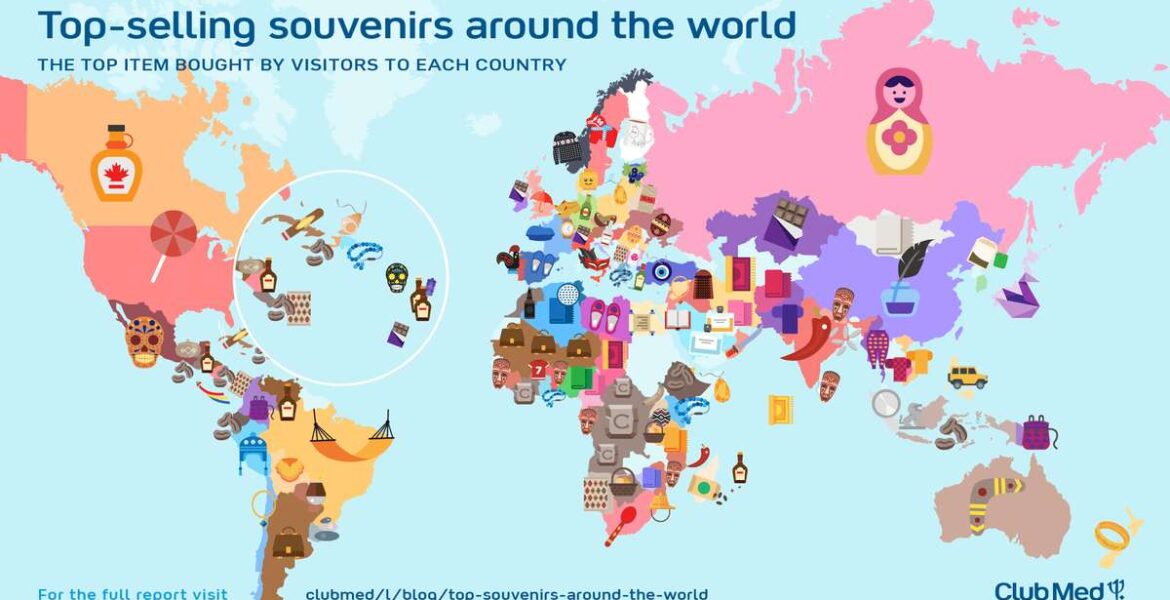To alleviate the nostalgia for traveling and adventures, and help the public reconnect with touristic destinations that they have visited in the past, French travel and tourism operations company, Club Med, created a unique list with the most popular souvenirs that tourists buy around the world.
Based on statistics that the company has gathered over the years, as well as curated articles about souvenirs from each country, Club Med compiled a list with the most bought items in every nation.
If there was not a clear souvenir to attribute, then that particular country was left out of the list.
“A good holiday can last much longer than just the time we are there. The memories it creates can stay with us forever, which is why so many of us choose to remember our time away through postcards, photographs and souvenirs,” Club Med says.
“We all know someone with a fridge full of magnets from far away destinations and novelty mugs in the cupboard from places once visited.
"And so, we have discovered the most popular (and in some cases peculiar) souvenirs from around the world.”
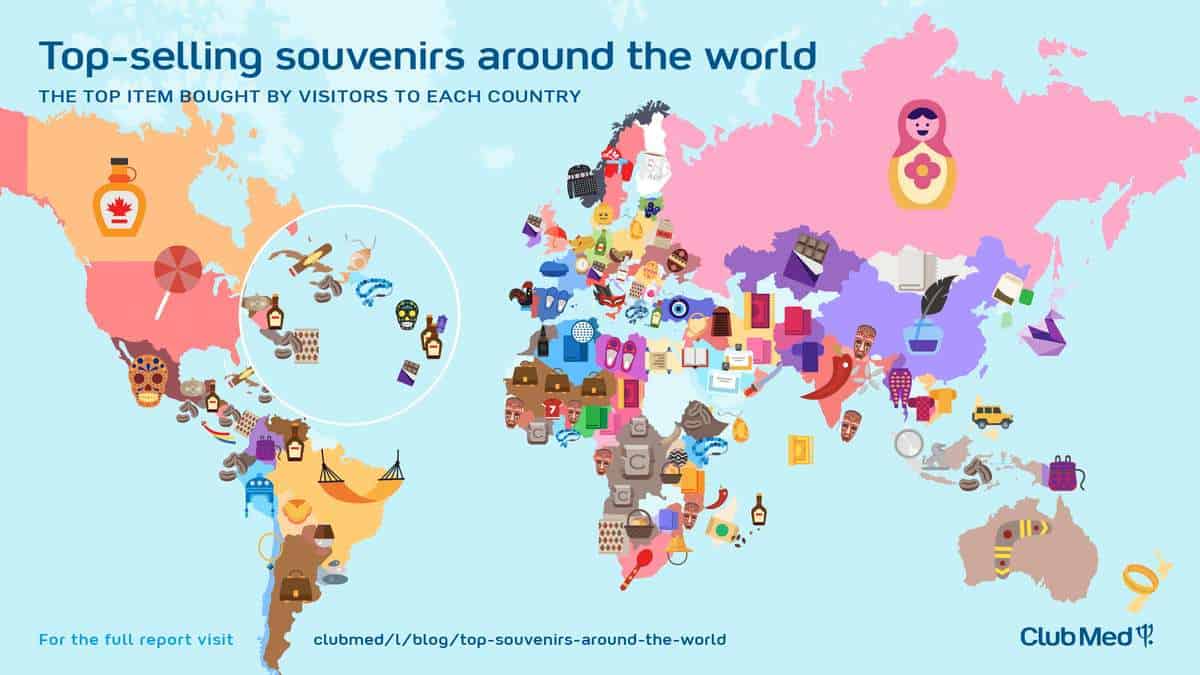
So, what is the most beloved souvenir that tourists choose to buy in Greece?
Anyone who is familiar with Greece, will probably think that miniature busts and statues, ancient Greek vases or other small clay items, that can be found in touristic areas and flea markets like Monastiraki, are the best-selling souvenirs among tourists.
However, the most sought item that visitors buy in Greece is the “komboloi”, the popular worry bead.
Komboloi is a string of beads, made of various materials, which can be used to play games, but mostly just to “pass time” in Greek and Cypriot culture.
Unlike rosaries that are mostly used for prayer, worry beads have no religious or ceremonial purpose.
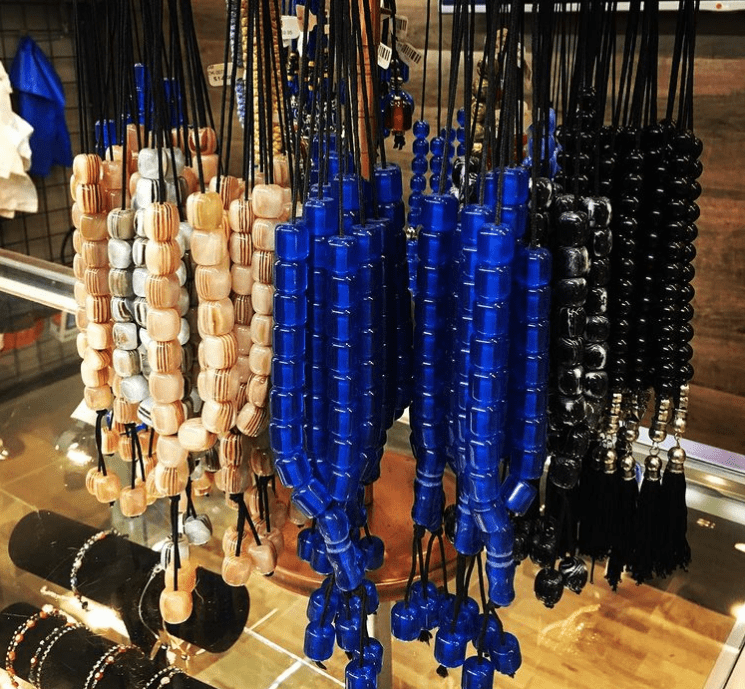
Club Med also found that the most bought souvenir in Cyprus is wine, the Venetian masks in Italy, berets in France, Mozart-branded chocolates in Austria, wooden shoes in the Netherlands, LEGO toys in Denmark and umbrellas in the United Kingdom – not so surprising if one considers Britain’s rainy weather.
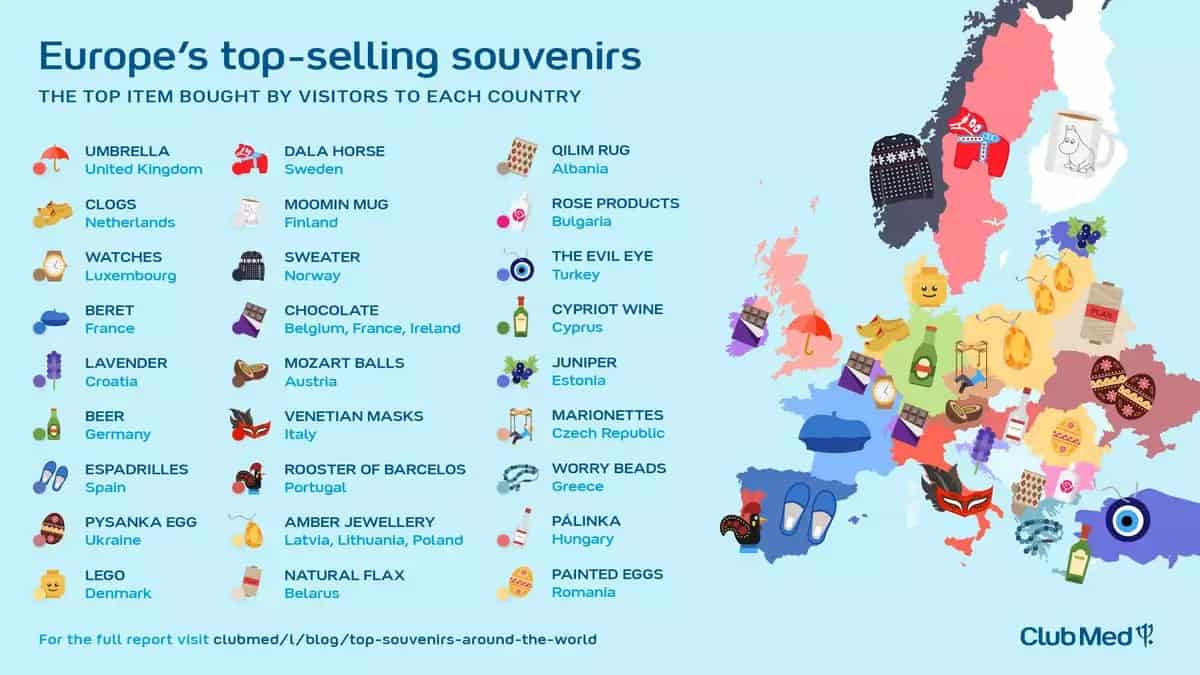
In North, Central and South America the souvenirs that tourists choose are more predictable and directly related to each country’s culture.
The region's major protagonist, the United States, is known for its sweets and candy bars, Canada for its maple syrup, Cuba for its cigars, Brazil for the hammocks, Colombia for the handmade knitted bags, Argentina for its leather goods, while Jamaica, Guatemala, Costa Rica and Ecuador are all well-known for their great coffee beans.
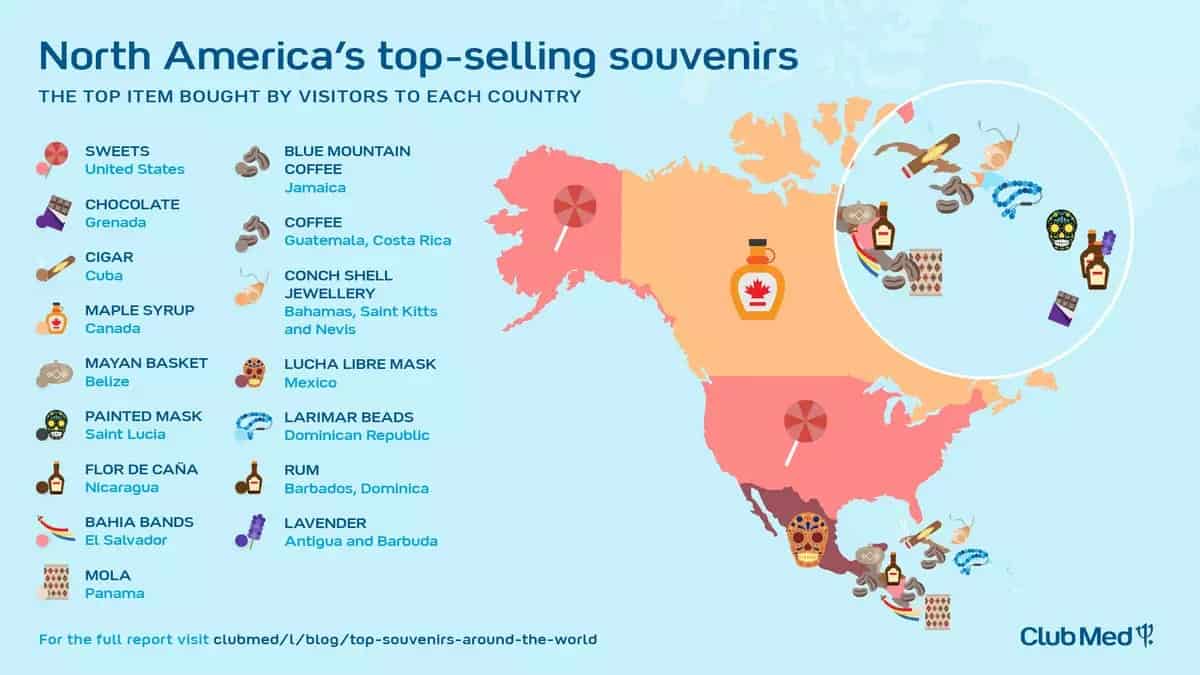
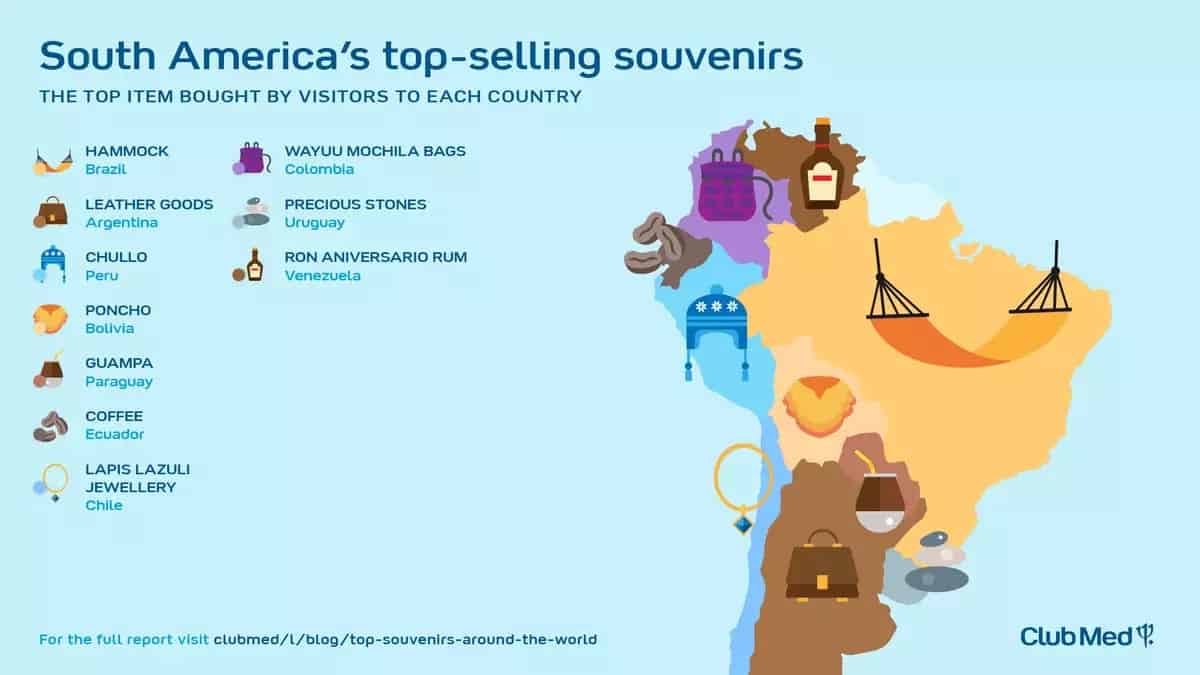
In many countries in Asia, tourists show a clear preference for items made of fabric, either garments, accessories or house decorations.
Cashmere and silk clothes, carpets, praying rugs and scarfs are very popular amongst western Asian countries.
In Japan, the paper origami creations are the most popular souvenir, spices in India, tea in South Korea, and the matryoshka dolls in Russia.
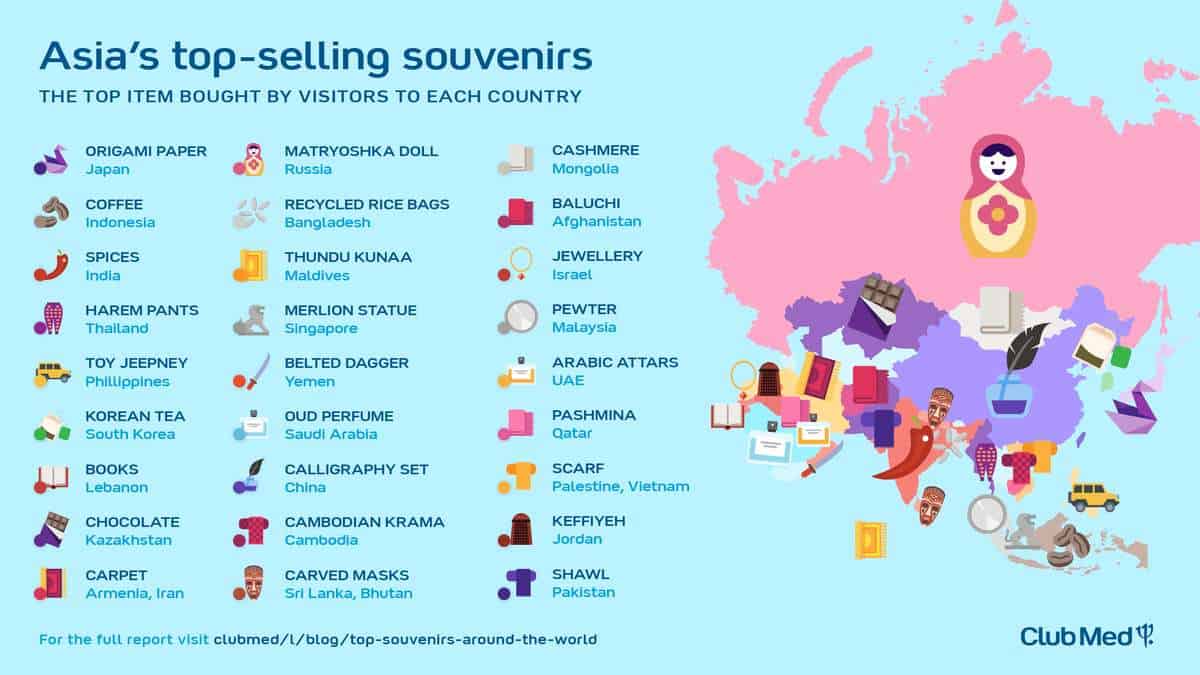
In Africa, numerous countries share the same top-selling souvenirs, such as wooden carvings, ritual masks, leather goods, coffee and handmade beads.
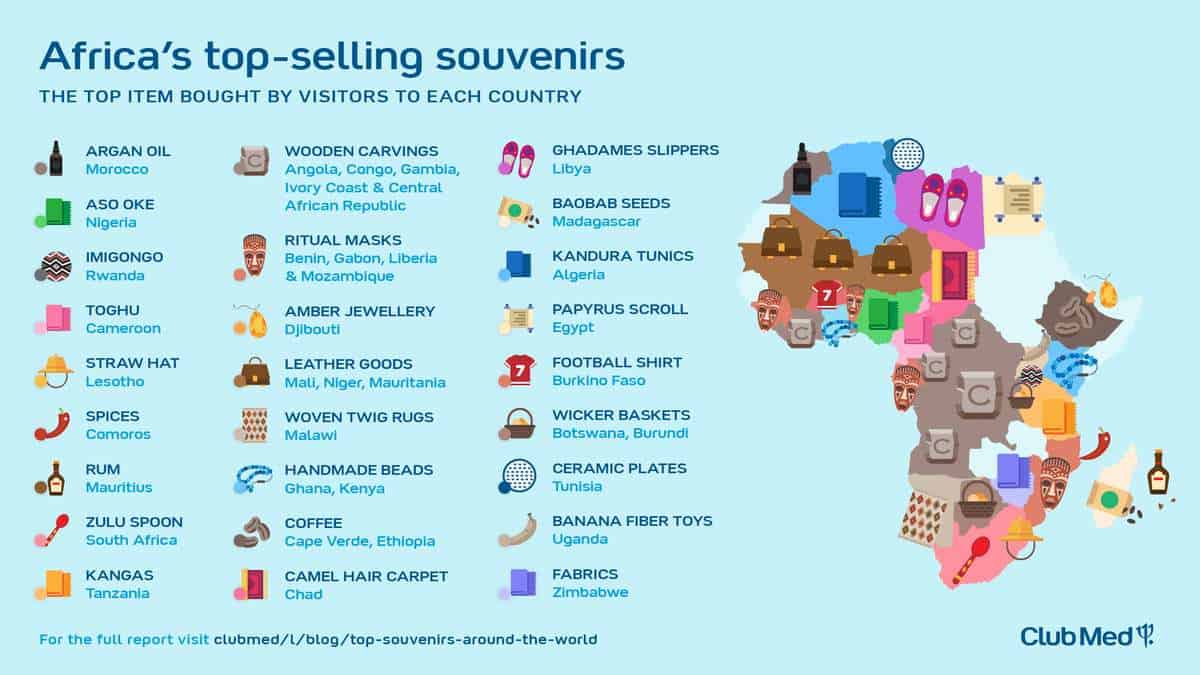
Finally, Club Med found that Oceania is the only continent where top-selling souvenirs do not include food. On the contrary, most of them are works of art.
In Australia, the most popular item amongst tourists is the Australian boomerang, which was invented by Aboriginal people for hunting, as well as for entertainment and sports.
In the Fiji Islands, underwater masks are the most bought item, while in New Zealand, the famous ring from the move series The Lord of the Rings is the most sought-after souvenir.
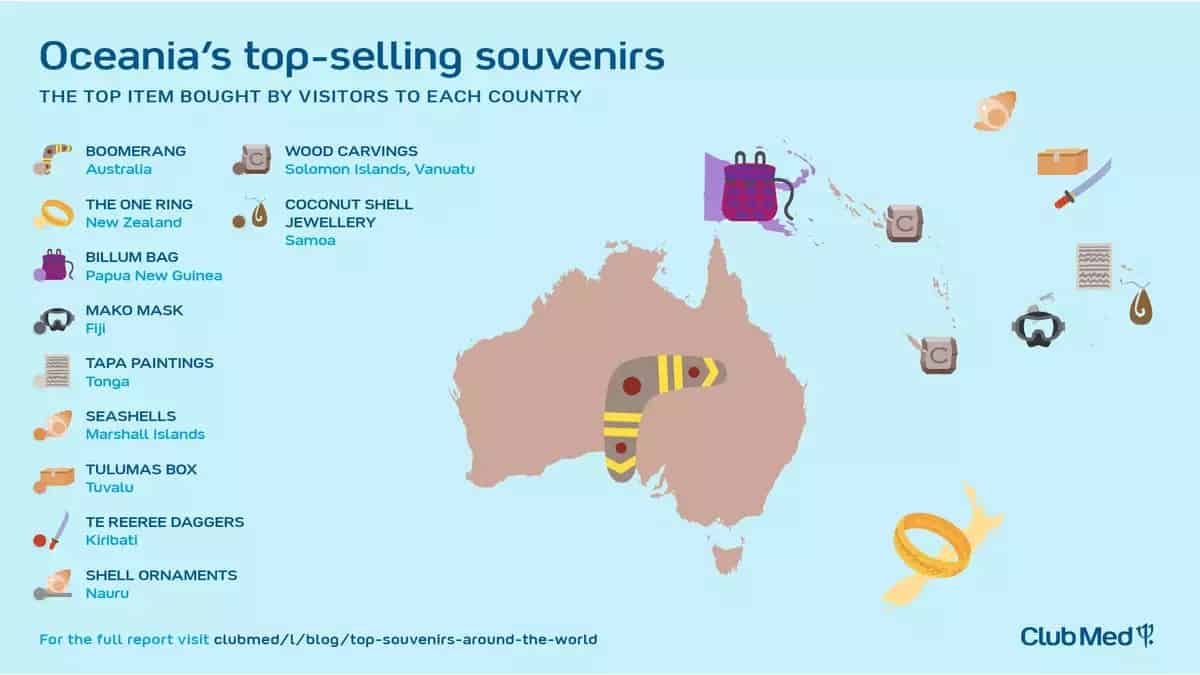
All photos from Club Med except where credited otherwise.
Esteemed Evzones Photographer Nick Bourdaniotis. The Legend Behind the Lens.

